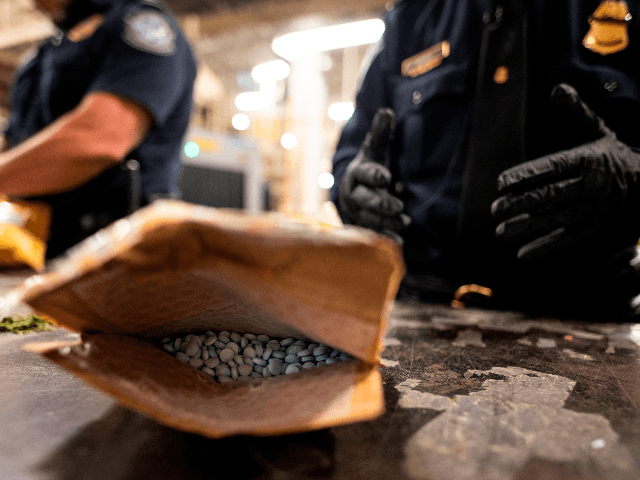Fentanyl has “largely fueled” a staggering increase in youth overdose deaths since the start of the coronavirus pandemic, according to recent Centers for Disease Control and Prevention (CDC) data.
The dangerous drug has greatly contributed to a “more than doubling” of overdose deaths among children ages 12 to 17, a Washington Post (WaPo) analysis of the research states.
Until relatively recently, opioid deaths were an adult problem. The crisis has now overtaken young people, with Washington, DC, Maryland, and Virginia doctors reporting a rise in youth emergency room and addiction treatment visits — especially among Latinos.
With the tri-state area being racially diverse with rapidly changing demographics, data collected from the region paints a stark picture of what all major U.S. ethnicities are increasingly having in common — a fentanyl issue.
Montgomery County, Maryland, emergency rooms “tracked a spike in opioid-related visits last year among young people ages 10 to 21,” the analysis stated, citing state surveillance data. Hispanic youths make up 40 percent of visits, black youths make up 25 percent, and white youths make up 20 percent.
The increase led to a policy permitting public school students in the county to carry naloxone (Narcan) starting May 1, 2023.
A streak of youth overdoses across Northern Virginia “prompted” Loudon County schools to institute drug-sniffing dogs in addition to Narcan kits, the Post reported.
In 2022 — the most recent complete CDC data — 45 DMV-area teens succumbed to opioids. This depressing figure is roughly equal to the previous three years combined, WaPo noted.
While white teenagers account for the largest share of youth opioid deaths nationally and locally, black and Hispanic adolescents are dying at a faster rate.
Experts are saying that the surge is a result of teens’ natural experimentative drive, combined with the decline in their mental health that coincided with coronavirus lockdown measures and increased social media usage.
“You had this really, really disastrous combination of a dangerous drug supply with teens who were increasingly struggling,” said Scott Hadland, chief of adolescent and young adult medicine at Mass General for Children and Harvard Medical School.
Sivabalaji Kaliamurthy, a pediatric addictions specialist who leads the Children’s National Hospital addictions clinic, says, “All of this has come together when kids were coming back to school post covid.”
One of his colleagues is Daniel Smith, the director of addiction services at Mary’s Center, which predominantly serves Spanish-speaking patients of D.C. and Maryland.
“We did not anticipate this happening with teens. It kind of fell in our lap,” Smith said, noting that “before 2022, we had no kids ever [for that].”
While parents, medical professionals, and educators attempt to curb the ripple effect that’s killing American youth, a recent report by the House Select Committee on the Chinese Communist Party (CCP) has validated a key claim in Peter Schweizer’s latest book, Blood Money — China has been subsidizing the production and export of fentanyl precursor chemicals and other synthetic narcotics.

COMMENTS
Please let us know if you're having issues with commenting.